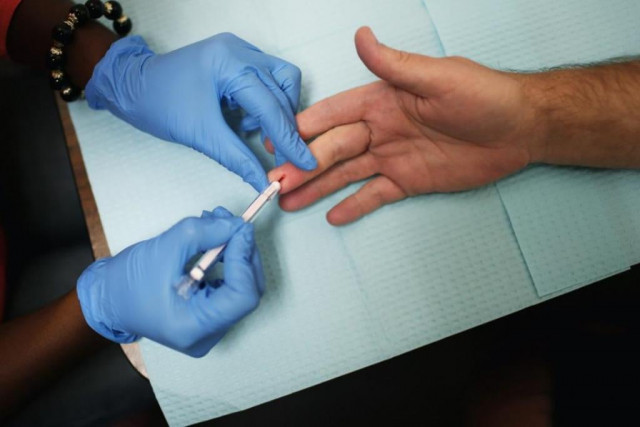A dangerous deficit
Disease surveillance mechanisms at district level is insufficient,& sooner the DSRS is up & running again the better

Timely reporting of dangerous diseases may help to curtail their spread, and whoever or whichever agency has allowed this to lapse, needs the bureaucratic equivalent of a poke in the eye with a sharp stick PHOTO AFP
The system that had worked until recently was established after the earthquake of October 2005, and re-booted after the 2010 floods. It was actually run by the World Health Organisation but has now been discontinued, apparently because of the failure to appoint a single Grade-20 person as the designated chief of the project. The National Institute of Health had, two years ago, approved the establishment of a new Surveillance and Response Division, merging a number of existing units doing related work. This has not happened and the entire project has fallen by the wayside, and threatens Pakistan’s effort to fulfill its obligations under International Health Regulations.
We find this completely inexplicable. This requires little by way of expenditure, is technologically simple and is cheap both to set up and then administer. There is no need for expensive consultants and all the human skills to run this effectively are in-country and until recently were working satisfactorily. Timely reporting of dangerous diseases may help to curtail their spread, and whoever or whichever agency has allowed this to lapse, needs the bureaucratic equivalent of a poke in the eye with a sharp stick. Having disease surveillance mechanisms at district level is simply insufficient, and the sooner the DSRS is up and running again the better. Rocket science it is not — necessary it is.
Published in The Express Tribune, May 29th, 2015.
Like Opinion & Editorial on Facebook, follow @ETOpEd on Twitter to receive all updates on all our daily pieces.














COMMENTS
Comments are moderated and generally will be posted if they are on-topic and not abusive.
For more information, please see our Comments FAQ